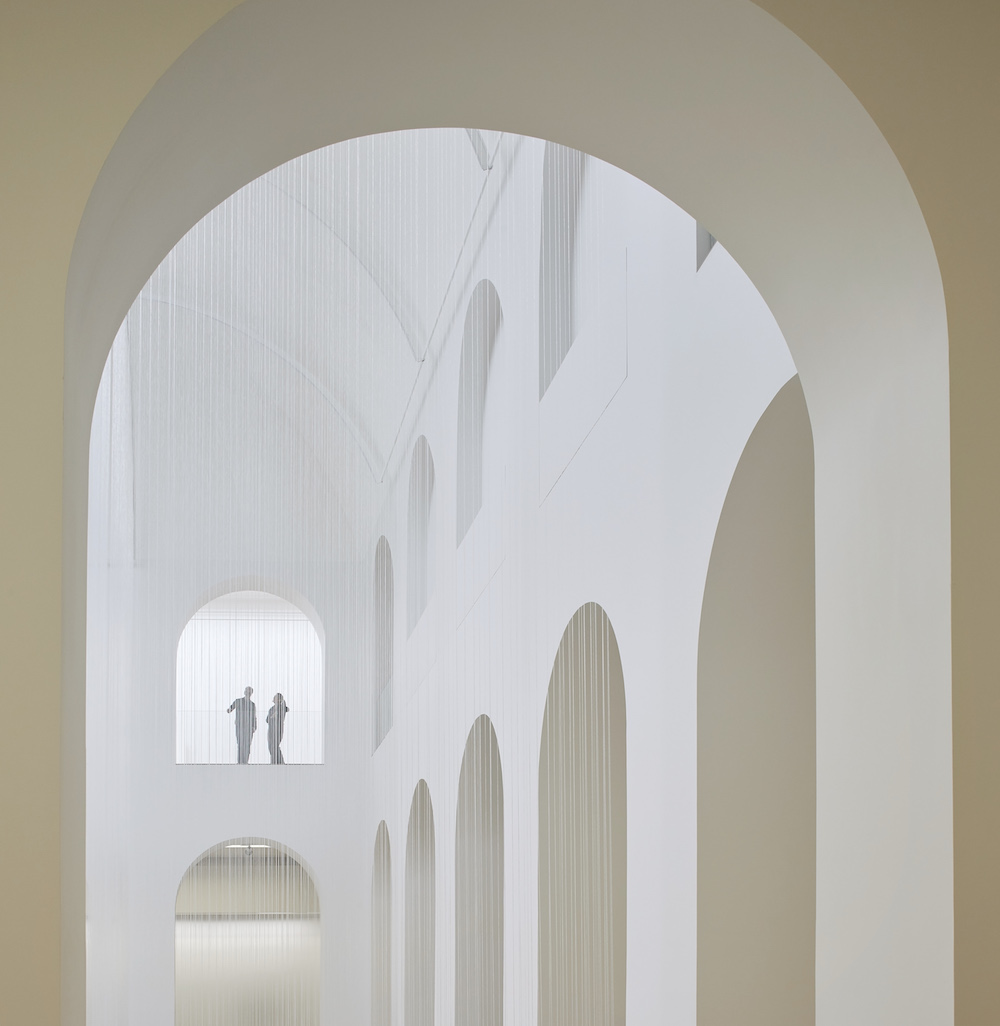As it opens up the modernist canon to include both contemporary buildings and lesser-known examples from around the world, a new book asks what modernism means today
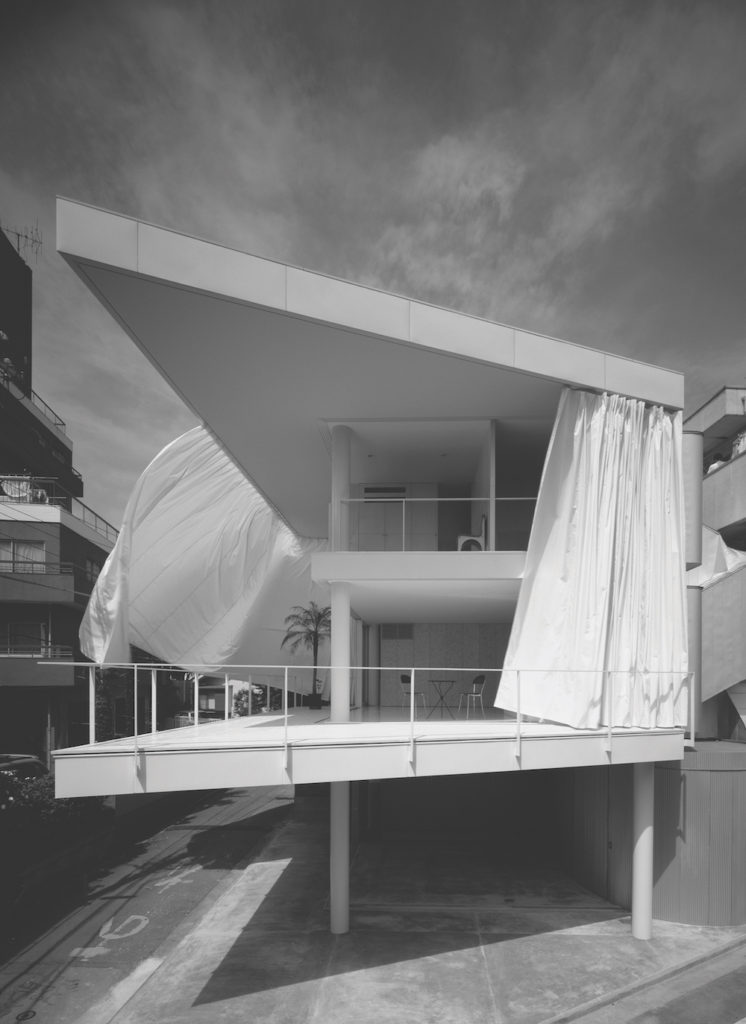
In 1910, Austrian architect Adolf Loos delivered a radical lecture railing against what he called ‘the plague of ornament’. Later published as an essay titled ‘Ornament and Crime’, Loos’ polemic was first and foremost a violent reaction to the excess and elitism of art nouveau. For Loos, art nouveau’s decadence was an unnecessary burden on both the powers of invention and human labour. Both, he claimed, slow the tempo of cultural progress. Subject as it is to changing taste, the form of an object, he argued, should last as long as the object lasts physically. This was not the first time a moralising stance has been taken on style, but more than century later, it has proved to be one of the most influential.
A new book, Ornament is Crime: Modernist Architecture, plays on Loos’ legacy and celebrates the architectural language of modernism with a visual survey of extraordinary homes dating from 1910 to present day. As it opens up the modernist canon to include both contemporary buildings and lesser-known examples from around the world, it necessarily asks what modernism means today.
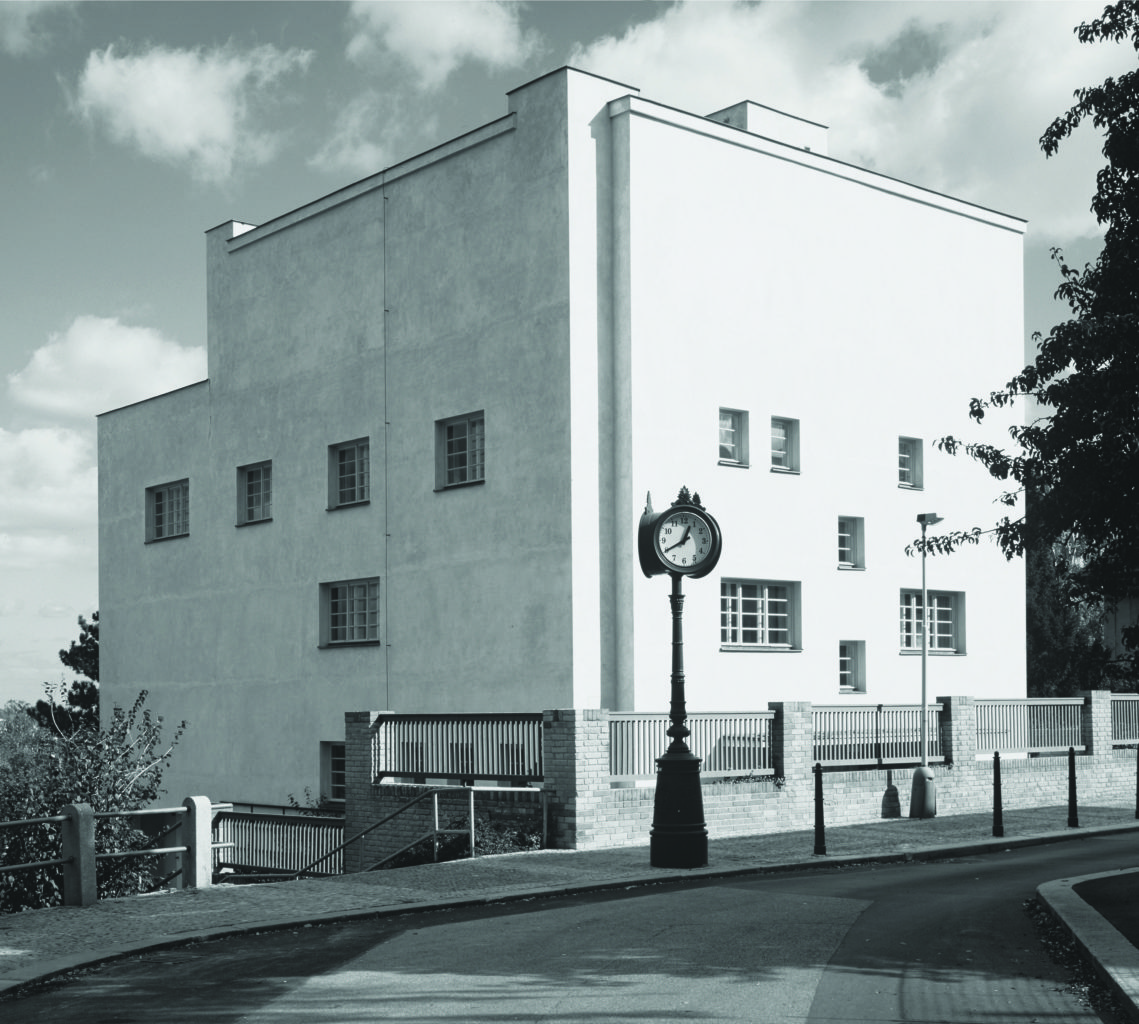
“Modernism isn’t just a style, it’s actually a radical approach to life and to art,” says co-author Albert Hill. “That clear purpose has resulted in great architecture, and people recognise that this is not architecture by numbers, this is not architecture by corporate committee, this is architecture by vision and values.”
In the 20th century, the tremors of modernism were felt in everything from painting to literature, and to underscore the lasting intensity of these values, authors Matt Gibberd and Albert Hill have interspersed silky black and white photographs with punchy quotes, song lyrics and literary excerpts from figures such as Susan Sontag and Samuel Beckett. “Instead of just being about architecture, the book is about architecture’s place within modern culture,” Hill says.
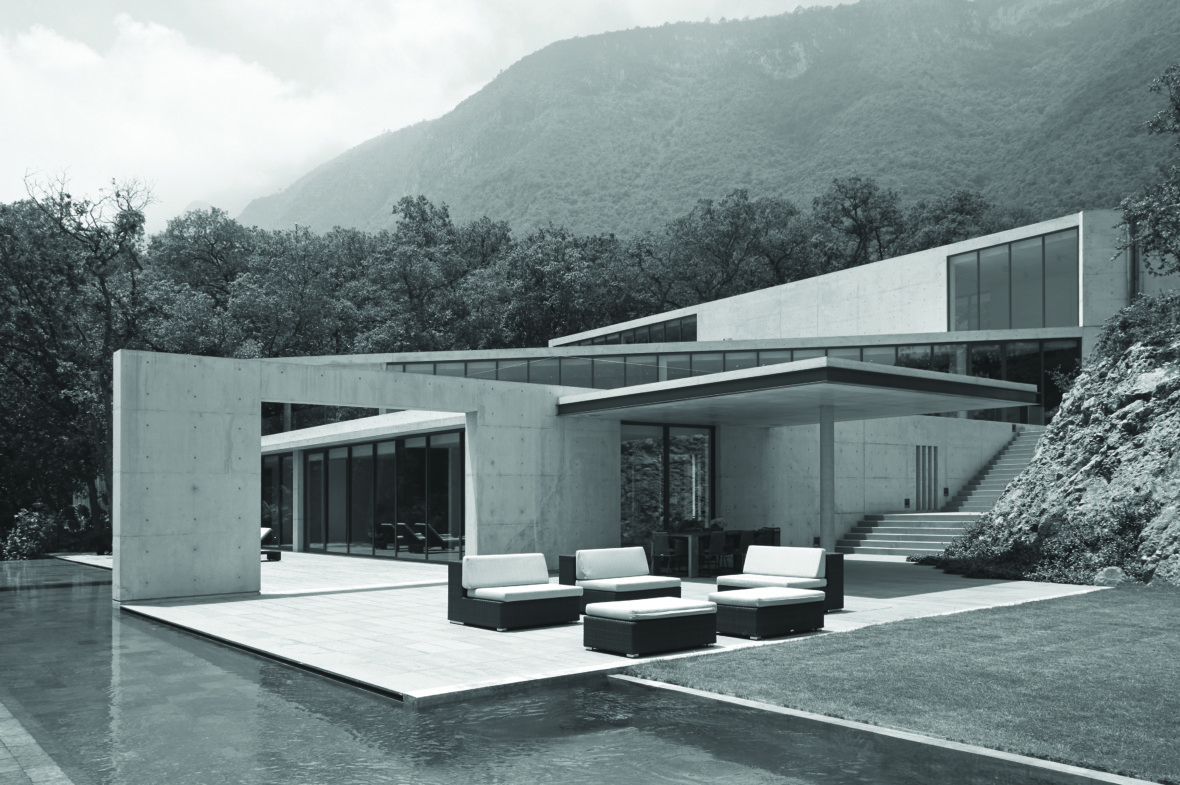
Although modernism is often historically confined to the 20th century, Ornament is Crime liberates the term by looking at how some of the most respected contemporary architects – including John Pawson, Richard Meier and Tadao Ando – continue to work in the modernist tradition.
“There are very obvious characteristics that these houses share,” explains Gibberd. “Flat roofs, often horizontal bands of glazing, cubic or cylindrical forms. Modernism came about because of new technologies – the possibilities of curtain-walling, and the fact that concrete allowed you to have these open floor plates, huge expanses of glazing – and those still very much apply.”
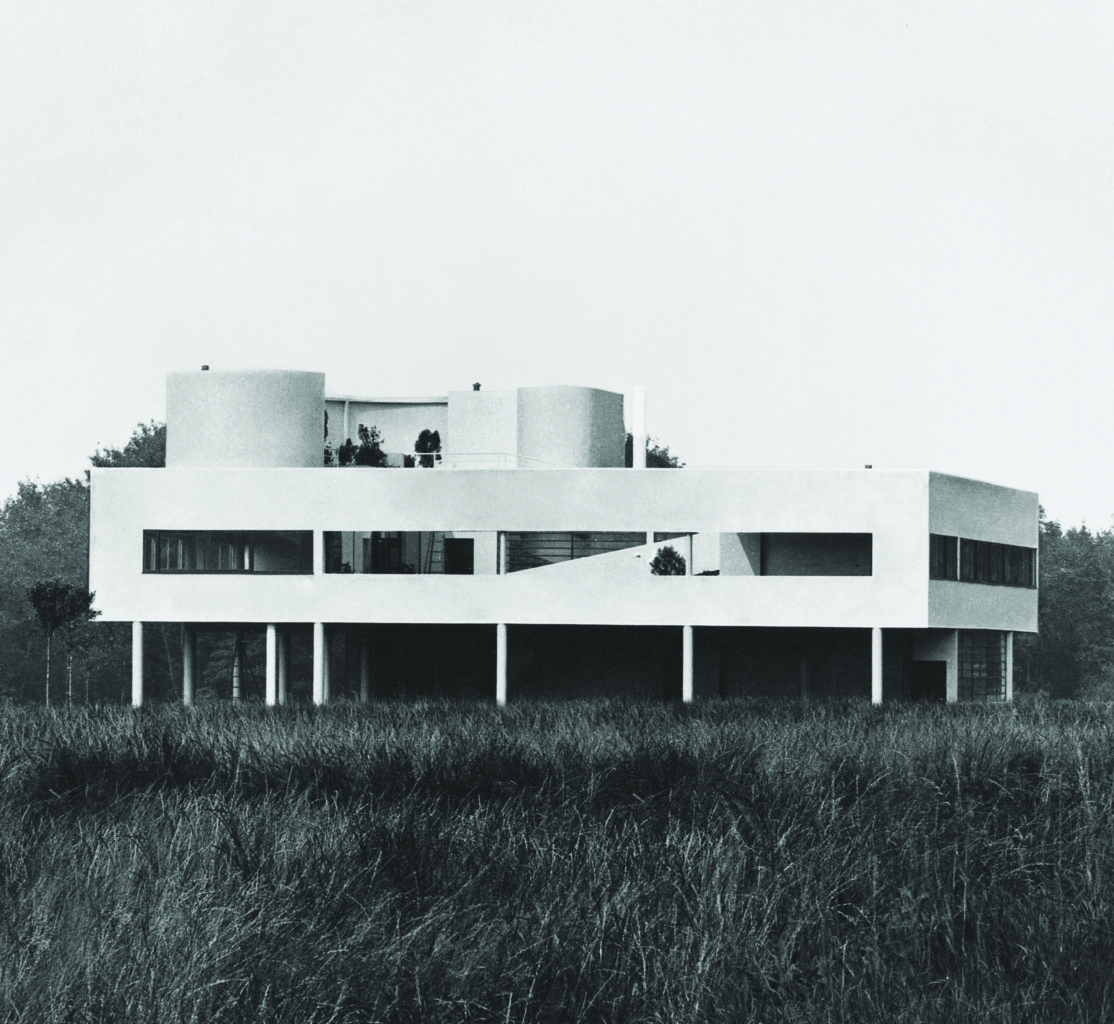
Many of these defining characteristics were outlined by Le Corbusier in his five points of architecture. With its free facade, ribbon windows, pilotis, roof terrace and open plan, the Swiss-French architect’s iconic Villa Savoye, built in 1929 in Poissy, on the outskirts of Paris, is an embodiment of these principles and remains a benchmark for modernist design. In the absence of surface decoration, Gibberd suggests that modernist architecture becomes about “shape-making”, and like Loos, Le Corbusier and legions of architects since, Ornament is Crime extols the virtues of pure form.
Ornament is Crime: Modernist Architechture is out now, published by Phaidon

